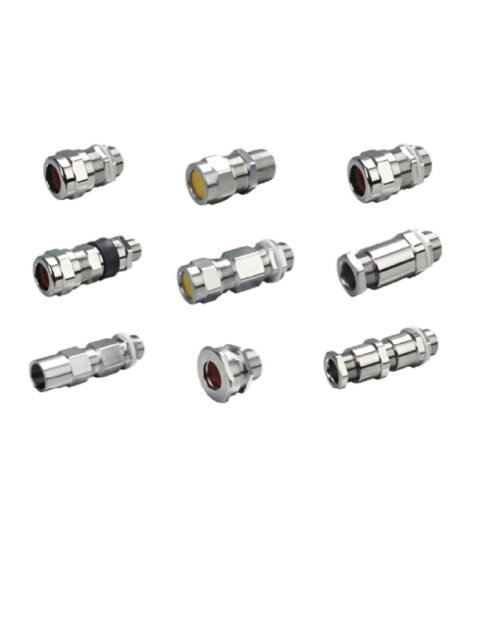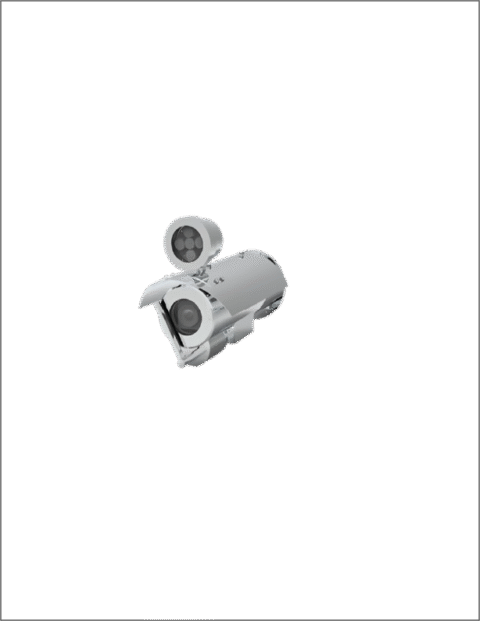What is a hazardous area?
A “hazardous area” refers to a location where the presence of flammable gases, vapors, liquids, or combustible dusts poses a risk of fire or explosion. These areas are classified based on the likelihood of such hazardous substances being present and require specialized equipment, such as explosion-proof devices, to ensure safety.
Wondering? Where precisely are these areas (Hazardous Area) located?
To grasp this concept, it’s essential to familiarize ourselves with flammable gases, liquids, and dusts. Below, you’ll find a comprehensive list of these substances:
Combustible Gases:
- Methane (CH4)
- Propane (C3H8)
- Butane (C4H10)
- Hydrogen (H2)
- Ethylene (C2H4)
- Acetylene (C2H2)
- Carbon Monoxide (CO)
- Natural Gas
- Ammonia (NH3)
- Ethanol (C2H5OH)
Combustible Liquids:
- Gasoline
- Diesel Fuel
- Kerosene
- Alcohol (e.g., Ethanol, Methanol)
- Acetone
- Toluene
- Xylene
- Mineral Spirits
- Turpentine
- Lubricating Oils
Combustible Dusts:
- Wood Dust
- Flour Dust
- Sugar Dust
- Metal Dust (e.g., Aluminum, Magnesium)
- Chemical Dusts (e.g., Pharmaceuticals, Plastics)
- Grain Dust
- Coal Dust
- Paper Dust
- Textile Dust
- Rubber Dust
Now, it becomes evident that industries where these flammable substances are prone to be present can be categorized as hazardous locations.
Here is a list of industries that have hazardous areas:
Oil and Gas Industry: This industry deals with a wide range of flammable hydrocarbons, gases, and liquids, making safety measures crucial to prevent accidents.
Chemical Industry: Handling volatile and flammable substances is inherent to chemical manufacturing, requiring stringent safety protocols.
Petroleum Refineries: Refineries process crude oil into various products, often involving flammable gases, vapors, and liquids, necessitating careful management.
Woodworking Industry: The woodworking industry generates combustible dust, which can lead to explosions if not properly controlled.
Mining Industry: Mining operations encounter flammable gases and dust in underground environments, demanding careful ventilation and risk mitigation.
These industries pose significant flammable hazards, making safety practices and regulations paramount to safeguard personnel, facilities, and the environment.
Hazardous area classifications
Now that we have a clear understanding of hazardous areas, let’s delve into their further classification based on the level of danger.
What does this mean? Essentially, certain hazardous areas are more prone to containing flammable substances such as gases, liquids, and dust.
Let’s clarify with an example. Consider an oil and gas refinery. Within this refinery, there are tanks and other processing units that hold flammable gases and liquids. The areas in close proximity to these tanks are more likely to harbor flammable gases and liquids, right?
Consequently, such areas are categorized as the most hazardous. As we move farther away, the probability of presence of hazardous substances decreases so level of danger decreases, leading to the classification of areas as less dangerous.
Now that we’ve grasped the concept of increasing danger levels as we approach flammable substances, and decreasing danger levels as we move farther away, let’s delve into the specifics of how hazardous areas are classified.
Hazardous area classification primarily revolves around three key categories according to IECEx/ATEX (Zone 0, Zone 1, and Zone 2).
However, in the NEC system, the classifications include Class I, Class II, and Class III, each further categorized into Divisions (Division 1 and Division 2) for specific environments.
Let’s learn more about the IECEx/ATEX classification in this article. And we’ll learn more about NEC classification in another article.
Zone 0, Zone 1, and Zone 2 areas.
But what exactly do these designations signify?
Zone 0: Zone 0 is an area in which a potentially explosive atmosphere, consisting of a mixture of flammable substances in the form of gases, vapors, or mists, is continuously present or present for long periods. In this zone, the concentration of flammable substances is expected to be at its highest level, creating a higher risk of ignition and explosion. Due to the constant or frequent presence of such hazardous substances, specialized equipment and safety measures are necessary to mitigate the risk of ignition.
Zone 1: Zone 1 is an area in which a potentially explosive atmosphere, consisting of flammable gases, vapors, or mists, is likely to occur during normal operation. However, the presence of this explosive atmosphere is not expected to be constant or continuous, but rather may occur intermittently or under specific operating conditions. In Zone 1, the concentration of flammable substances is lower than in Zone 0, but the risk of ignition and explosion still exists. Specialized equipment and protective measures are required to ensure safety within this area.
Zone 2: Zone 2 refers to an area where the occurrence of a potentially explosive atmosphere containing flammable gases, vapors, or mists is not likely to be a constant or frequent situation during normal operations. If an explosive atmosphere does form, it is expected to be short-lived and infrequent. In Zone 2 areas, the concentration of flammable substances is lower compared to Zone 1 and Zone 0. However, the risk of ignition and explosion remains present. Proper safeguards and equipment are necessary to prevent any potential sources of ignition and ensure safety in these locations.

In this article, our utmost effort was directed towards providing you with a simplified comprehension of Hazardous Areas and their classification. We trust that this article has enhanced your understanding of the hazardous area concept. Should you require additional clarification, please feel free to reach out. Our team of ATEX/IECEX specialists stands ready to assist you with any inquiries you may have.

















